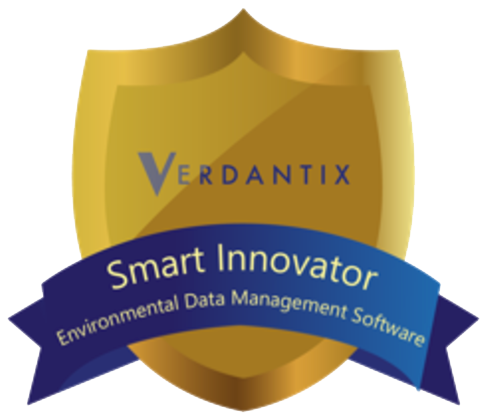The amount of raw data that exists in the field of earth sciences is truly staggering. The millions of measurements we've amassed from years of monitoring changes in the earth have resulted in a massive wealth of disposable information.
There's much to gain from the Big Data of the environment - but there's one main challenge.The environmental field happens to be extraordinarily broad. The separate disciplines of research within it have generated many isolated pockets of data that are difficult to interface with as a whole.
When faced with a mountain of multidisciplinary information - how does one begin sorting through it? The answer is easy: have a computer do it. In the up-and-coming field of computational sustainability, researchers use artificial intelligence programs known as machine learners to pore through the Big Data of the environmental field. Using the pattern-finding abilities of the AI, researchers are able to engage with large data sets in entirely different ways.
For instance, the Institute of Computational Sustainability uses AI to identify ways to better manage and allocate natural resources. Operating under the axiom that computers can and should be involved in the environmental decisions that we make, the ICS believes that the enormous wealth of data at our disposal should be crunched to find more efficient, effective solutions to real-world environmental, economic and social problems. The goal is a realistic model of sustainable strategy sculpted and chiseled by mathematics.
 Simulations can help scientists predict potential catastrophic events. (image source: Oak Ridge National Lab)
Simulations can help scientists predict potential catastrophic events. (image source: Oak Ridge National Lab)
Another way AI and Big Data are getting together is the ambitious EarthCube project. The National Science Museum has been developing the EarthCube for over five years, with the end goal being a fully-fleshed out, living 3D model of Earth. Using machine learning AI, the project integrates the vast data sets from a large number of disciplines of environmental research. With this data, EarthCube would aim to accurately model the chemistry of the geosphere, hydrosphere, atmosphere and surrounding space of the Earth, effectively creating a simulated planet. The model allows the researchers to tweak and tinker with planetary conditions, seeing how previously-disparate data sets interact in a fleshed-out sandbox. How much does the decrease in pH of a patch of ocean affect the Earth's crust? The "what if?" potential is enormous.
Getting the most out of Big Data is a key step on the path to progress. It's not enough to have a ton of information at our disposal - the benefits are reaped from how we use it. AI and Big Data are looking to change the future of how we use our knowledge - and the future looks promising.




